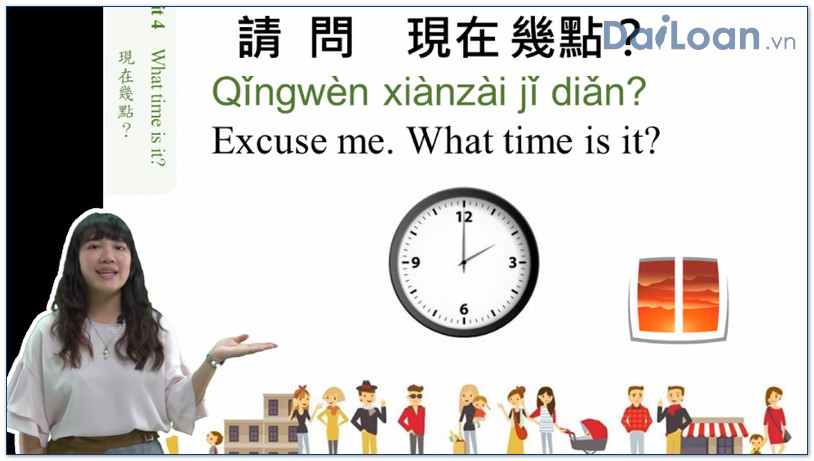Introduction to 溫飽 (wēn bǎo)
In the realm of Chinese language, expressions often encapsulate rich cultural and social meanings. One such expression is 溫飽 (wēn bǎo), which conveys more than just a state of physical comfort. In this article, we will explore the meaning of 溫飽, its grammatical structure, and provide a variety of example sentences to illustrate its usage. By the end, you will have a comprehensive understanding of this essential phrase.
What Does 溫飽 (wēn bǎo) Mean?
Literally translated, 溫飽 (wēn bǎo) can be broken down into two characters: 溫 (wēn) meaning “warm,” and 飽 (bǎo) meaning “full” or “satisfied.” Thus, the term typically refers to a state of being well-fed and warm, signifying not only physical comfort but also a psychological sense of security and contentment. In a broader societal context, it often carries connotations of basic needs being met, particularly in terms of food and shelter.
Grammatical Structure of 溫飽 (wēn bǎo)
Components of the Phrase
The phrase 溫飽 consists of two characters, which can be examined both individually and as a combined term:
- 溫 (wēn): This character can be a standalone adjective meaning “warm.” It is associated with comfort and security.
- 飽 (bǎo): This character indicates a state of fullness or having enough to eat. It can also function as a verb meaning “to fill” or “to satisfy.”
In Chinese, compound words like 溫飽 showcase how smaller units of meaning can come together to create a more complex idea that reflects cultural valuations of security and contentment.
Usage in Sentences
As a phrase, 溫飽 can be used both literally and figuratively in various contexts. Its grammatical role is typically that of an adjective or descriptive phrase, often modifying nouns or used in statements about conditions of well-being.
Example Sentences Using 溫飽 (wēn bǎo)
Literal Usage
Here are some examples of how 溫飽 can be used in sentences to describe conditions of warmth and fullness:
- 在寒冷的冬天,保持身體溫飽是非常重要的。
(Zài hánlěng de dōngtiān, bǎochí shēntǐ wēn bǎo shì fēicháng zhòngyào.)
Translation: In the cold winter, keeping the body warm and full is very important. - 小鎮的老年人經常聚在一起,以聊天和分享食物來保持溫飽。
(Xiǎo zhèn de lǎonián rén jīngcháng jù zài yīqǐ, yǐ liáotiān hé fēnxiǎng shíwù lái bǎochí wēn bǎo.)
Translation: The elderly in the small town often gather together to chat and share food to maintain warmth and fullness.
Figurative Usage
Additionally, 溫飽 is often used in discussions surrounding social issues, implying broader concerns about economic stability:
- 政府的政策應該能確保每個公民都能享有溫飽的生活。
(Zhèngfǔ de zhèngcè yīnggāi néng quèbǎo měi gè gōngmín dōu néng xiǎngyǒu wēn bǎo de shēnghuó.)
Translation: Government policies should ensure that every citizen can enjoy a life of warmth and abundance. - 在該國,溫飽問題仍然是一個挑戰,需要更多的關注和資源來解決。
(Zài gāi guó, wēn bǎo wèntí réngrán shì yīgè tiǎozhàn, xūyào gèng duō de guānzhù hé zīyuán lái jiějué.)
Translation: In that country, the issue of warmth and fullness remains a challenge that requires more attention and resources to address.
Conclusion
In conclusion, the term 溫飽 (wēn bǎo) captures a vital concept in Chinese culture, representing not just the physical state of being warm and well-fed, but symbolizing a deeper sense of security and well-being within society. Understanding its meaning, structure, and application through example sentences can enhance your comprehension of Chinese language and culture. Whether you are a language learner or simply interested in cultural nuances, grasping terms like 溫飽 is essential for appreciating the richness of the language.
Further Exploration
If you wish to learn more phrases related to social well-being or delve deeper into the Chinese language, consider exploring resources tailored for language learners, including interactive apps, conversation groups, and cultural immersion programs.

Sứ mệnh của Chuyên là giúp đỡ và truyền cảm hứng cho các bạn trẻ Việt Nam sang Đài Loan học tập, sinh sống và làm việc. Là cầu nối để lan tỏa giá trị tinh hoa nguồn nhân lực Việt Nam đến với Đài Loan và trên toàn cầu.
CÓ THỂ BẠN QUAN TÂM
Du học Đài Loan
Lao Động Đài Loan
Việc Làm Đài Loan
Đơn Hàng Đài Loan
Visa Đài Loan
Du Lịch Đài Loan
Tiếng Đài Loan
KẾT NỐI VỚI CHUYÊN
Zalo: https://zalo.me/0936126566
Website: www.dailoan.vn




